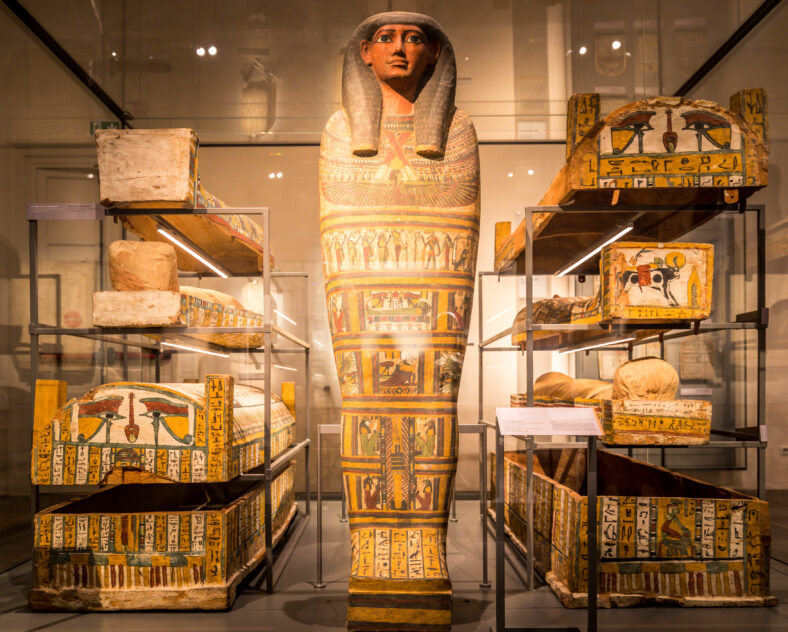Mummy Medicine: People Used To Eat Egyptian Mummies And Threw Unwrapping Parties

Back in ancient times, the world of medicine was filled with odd remedies and strange cures that claimed to tackle ailments from arthritis to smallpox.
For instance, Europeans were obsessed with Egyptian mummies and believed that eating them would be good for their health, proving that humanity’s quest for health has always been pretty bizarre.
Ancient Egyptian mummies were objects of intrigue from the Middle Ages to the 19th century. Their popularity was driven by the belief that human remains ground into a powder or incorporated into a tincture could cure any number of afflictions or diseases.
For centuries, people ingested awful-tasting concoctions in an attempt to cure illness. People from all classes of society consumed mumia, the product created from mummified bodies.
The substance was available in apothecary shops and was made from the remains of Egyptian mummies brought back to Europe.
By the 12th century, ground-up mummies were common in medicinal remedies and remained so for the next 500 years.
Doctors ground up skulls, bones, and flesh to treat headaches, the plague, and more. However, not everyone was convinced by the healing properties of mumia.
A royal doctor named Guy de la Fontaine was skeptical that mumia was a useful medicine. During the whole mummy craze, he saw fake mummies being made from dead peasants in Alexandria. People were being duped into consuming inauthentic ancient mummies.
The market for fake mummies highlighted the fact that the supply of real Egyptian mummies could not meet the demand for dead flesh. Even into the 18th century, apothecaries and herbalists were still prescribing mummy medicines.

Sign up for Chip Chick’s newsletter and get stories like this delivered to your inbox.
Eating mummies was considered to be an appropriate treatment for the royal and social elite because doctors claimed that mumia was made from pharaohs.
By the 19th century, people had stopped consuming mummies to cure illness. Instead, the Victorians hosted “unwrapping parties,” where Egyptian corpses would be unwrapped for entertainment.
Napoleon’s first expedition into Egypt in 1798 paved the way for 19th-century travelers to bring whole mummies back to Europe.
Early unwrapping events contained at least a degree of respectability. They were viewed as somber medical events during a time when autopsies and operations were performed in public. But soon enough, unwrappings became nothing more than a form of entertainment at dinner parties.
An unwrapping event meant that the host was wealthy enough to own a mummy. People were captivated by the thrill of seeing bones and dried flesh.
As the 20th century began, unwrapping parties fell out of favor. They were seen as distasteful and only served to destroy important archaeological remains.
While humans no longer unwrap mummies for fun or consume them as medicine, mummies are still highly sought after today, especially since they are worth a lot of money on the black market of antiquity smuggling.
More About:Freaky





